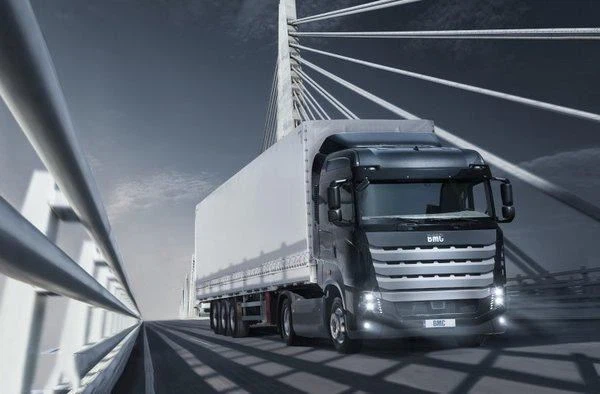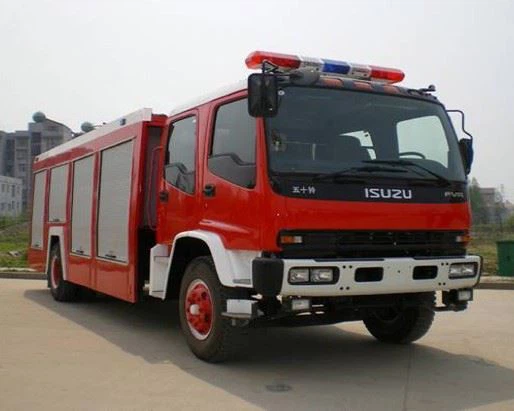Understanding Side Lift Containers: A Comprehensive Guide

Introduction
Side lift containers are an essential component in various industries, particularly in transportation and shipping. They are designed for efficient loading and unloading, providing flexibility in handling heavy goods. This article delves into the various aspects of side lift containers, covering their features, advantages, operational methods, and how they compare to other container types. Whether you’re a business owner, logistics manager, or just curious about these containers, this guide offers valuable insights and practical examples to enhance your understanding.
What are Side Lift Containers?
Side lift containers are specialized containers designed to be lifted from the side by a vehicle equipped with a side loader attachment. This design allows for flexible transportation and storage of various goods while minimizing the risk of damage during handling. They typically come in standard sizes, making them compatible with existing logistics infrastructure.
Types of Side Lift Containers
- Standard Containers: These are similar to traditional shipping containers but designed for side loading.
- High Cube Containers: Taller than standard containers, providing extra vertical space.
- Reefer Containers: Refrigerated containers used for transporting perishable goods.
Advantages of Side Lift Containers
Using side lift containers offers several benefits that make them a preferred option in many logistics scenarios.
1. Space Efficiency
Side lift containers utilize vertical space efficiently, allowing more containers to be stacked and stored in limited areas. Their ability to be lifted sideways makes loading and unloading in tight spaces much more manageable.
2. Enhanced Safety
Because they minimize the need for cranes or additional machinery to load and unload, side lift containers provide safer operational processes. This reduces the likelihood of accidents and injuries during handling.
3. Versatility
These containers can be loaded with various materials, including heavy machinery, raw materials, and finished goods. Their design allows them to handle multiple load types, making them versatile assets in logistics.
4. Reduced Loading and Unloading Time
Side lift containers streamline the loading and unloading process, significantly reducing the time and labor costs compared to traditional methods.
How Do Side Lift Containers Work?
Understanding how side lift containers operate is crucial for efficient utilization.
1. Equipment Used
Side loaders equipped with hydraulic arms are used for lifting side lift containers. These machines can maneuver in tight spaces, allowing operators to load and unload containers with precision.
2. Loading Process
The loading process involves positioning the side loader beside the container. The hydraulic arms extend, grasp the container, and lift it sideways onto the truck platform or another stacking location.
3. Unloading Process
Unloading is the reverse of loading, where the side loader carefully lowers the container to the ground, ensuring the process is smooth and controlled.
Applications of Side Lift Containers
Side lift containers are utilized in various sectors, demonstrating their versatility and efficiency.
1. Construction Industry
In construction, side lift containers can transport heavy construction materials like steel beams and concrete blocks, making them invaluable for building projects.
2. Manufacturing Sector
Manufacturers can use side lift containers to move raw materials, equipment, and finished products, facilitating smoother operations across manufacturing lines.
3. Logistics and Warehousing

In the logistics sector, side lift containers help improve storage capabilities and are often used in warehouses for quick access to goods.
4. Agriculture
Agricultural operations utilize side lift containers to transport produce and equipment efficiently, helping maintain supply chain integrity.
Choosing the Right Side Lift Container

Selecting the appropriate side lift container requires careful consideration of various factors.
1. Size Requirements
Determine the container size based on the volume and weight of the goods you’ll be transporting. Standard sizes include 20-foot and 40-foot containers.
2. Load Capacity
It’s essential to check the load capacity of the side lift container to ensure it can handle the weight of your materials.
3. Type of Goods
The type of goods being transported, whether perishable or non-perishable, will influence the choice of container, especially when considering options like reefer containers.
Maintenance of Side Lift Containers
Regular maintenance is essential to prolong the lifespan of side lift containers and ensure safe operations.
1. Inspection Protocols
Establish a regular inspection routine to check for any wear and tear, rust, or other potential issues.
2. Cleaning Practices
Keep the containers clean to prevent contamination and protect the integrity of the goods being transported.
3. Repair Guidelines
Address any issues promptly to avoid more significant problems down the line. Consider professional repair services for extensive damage.
Cost Factors for Side Lift Containers
The cost of side lift containers varies based on several factors.
1. Purchase vs. Rental
Deciding whether to purchase or rent a side lift container can significantly impact your budget. Rentals provide flexibility but may not be economical for long-term use.
2. Maintenance Costs
Factor in ongoing maintenance costs, which can accumulate over time. Regular maintenance helps avoid large repair bills.
3. Operational Costs
Consider the costs associated with the equipment needed for loading and unloading, including fuel and labor expenses.
Comparing Side Lift Containers to Other Container Types
When evaluating side lift containers, it’s important to compare them with other types of containers to identify the best option for your needs.
1. Standard Containers vs. Side Lift Containers
| Feature | Standard Containers | Side Lift Containers |
|---|---|---|
| Loading Method | Top loading | Side loading |
| Space Efficiency | Moderate | High |
| Handling Time | Longer | Shorter |

2. Reefer Containers vs. Side Lift Containers
Reefer containers are specialized for temperature-sensitive goods. While side lift containers excel in versatility, reefer containers are unequaled for transporting perishables.
Best Practices for Using Side Lift Containers
To maximize the effectiveness of side lift containers in your operations, follow these best practices.
1. Training Workforce
Ensure all personnel are properly trained in the safe operation of side loaders and container handling to reduce accidents and improve efficiency.
2. Optimize Loading Techniques
Implement best practices for loading and unloading to minimize the risk of damage and improve turnaround times.
3. Monitor Performance Metrics
Assess operational efficiency and maintenance schedules continuously to identify areas for improvement.
FAQs about Side Lift Containers
1. What are side lift containers primarily used for?
Side lift containers are primarily used for transporting heavy goods in a variety of industries, including construction, agriculture, and manufacturing.
2. How do I determine the right size of a side lift container for my needs?
Consider the volume and weight of the goods you’ll transport and choose between standard or high cube containers accordingly.
3. Are side lift containers more expensive than standard containers?
While they may have a higher initial cost due to specialized equipment, the efficiency and versatility they offer can lead to cost savings in the long run.
4. Can side lift containers be used for refrigerated goods?
Yes, reefer side lift containers are available specifically designed for transporting temperature-sensitive products.
5. What maintenance is required for side lift containers?
Regular inspections, cleaning, and prompt repairs are necessary to keep side lift containers in good working condition.
6. How do side loaders enhance safety in operations?
Side loaders reduce the need for cranes and other heavy machinery, lowering the risk of accidents during the loading and unloading processes.
